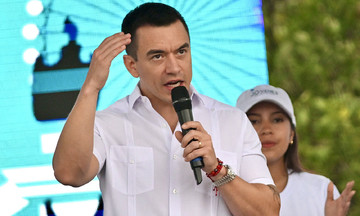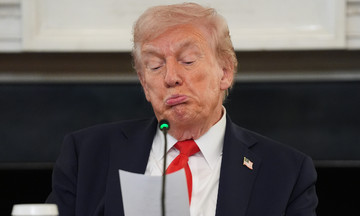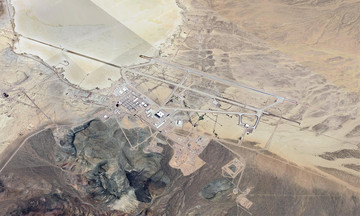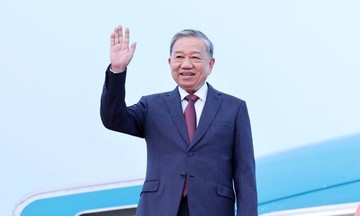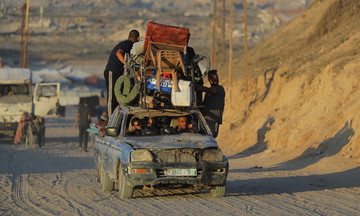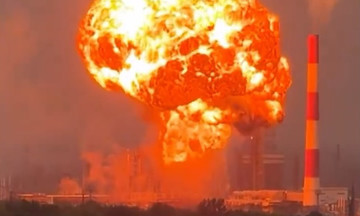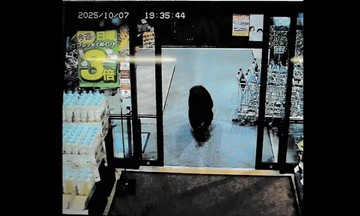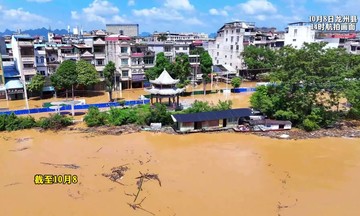Russia is continuously modernizing and upgrading its missile systems and unmanned aerial vehicles (UAVs) based on the results of attacks against Ukraine, and frequently changing attack tactics, said Major General Vadym Skibitsky, deputy head of the Main Directorate of Intelligence of the Ministry of Defense of Ukraine (GUR), on 7/9.
General Skibitsky pointed out that recent combined Russian attacks often involve various types of UAVs, including a large number of decoys, along with cruise missiles such as Kalibr launched from warships, Kh-101 and Kh-32 launched from strategic bombers, and Iskander-K launched from the ground.
General Skibitsky noted that Russia's Geran-2 long-range suicide UAVs are being used more flexibly than in the initial phase of the war. "Previously, they usually flew directly to the target, but now they can circle around Kiev for hours and constantly change altitude," he said.
The Russian military has also upgraded the Kh-101 missile with dual warheads and electronic warfare equipment to increase damage and challenge enemy air defenses. The Kometa satellite navigation antenna cluster has been expanded from 8-12 channels to 16, and is expected to reach 32 channels soon, improving resistance to jamming and Ukrainian suppression efforts.
The GUR deputy head warned that Russia will continue to improve its weapons to increase the accuracy and effectiveness of combined attacks. "It would be a mistake to assume that the enemy will only change to a certain extent and then stop," he emphasized.
This statement comes after Russia launched a combined attack on Ukraine on an unprecedented scale.
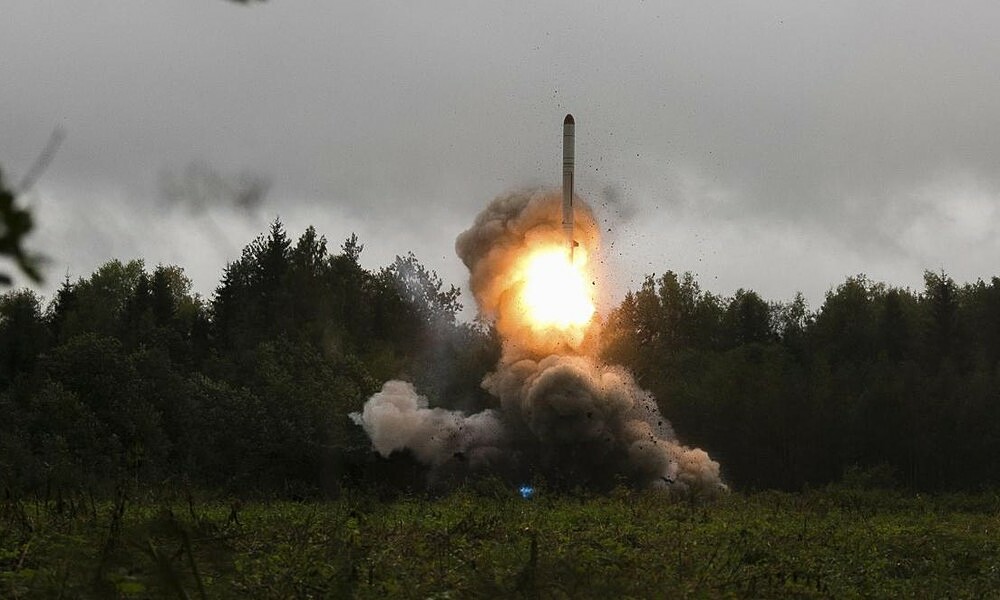 |
A Russian Iskander-K missile launches during a 2017 military exercise. Photo: Russian Ministry of Defense |
The Ukrainian Air Force Command reported that Russia launched 810 suicide and decoy UAVs, 9 Iskander-K cruise missiles, and 4 Iskander-M ballistic missiles in the morning attack on 7/9. "Air defense units shot down or jammed 747 UAVs and 4 Iskander-K missiles. 9 missiles and 54 UAVs hit 33 locations, with debris also falling in 8 areas," the statement said.
Ukrainian officials accused Russia of attacking a government building in the Pechersky district of central Kiev.
The Russian Ministry of Defense later denied the information, claiming it did not target any locations within Kiev, but only attacked long-range UAV assembly and deployment facilities, the Kiev-67 industrial plant in the western suburbs, and the STS-Group logistics base south of Kiev, as well as military airfields in central, southern, and eastern Ukraine.
Thanh Danh (According to Ukrinform, Ukrainska Pravda, Reuters)



